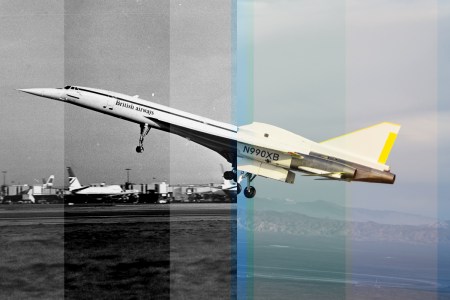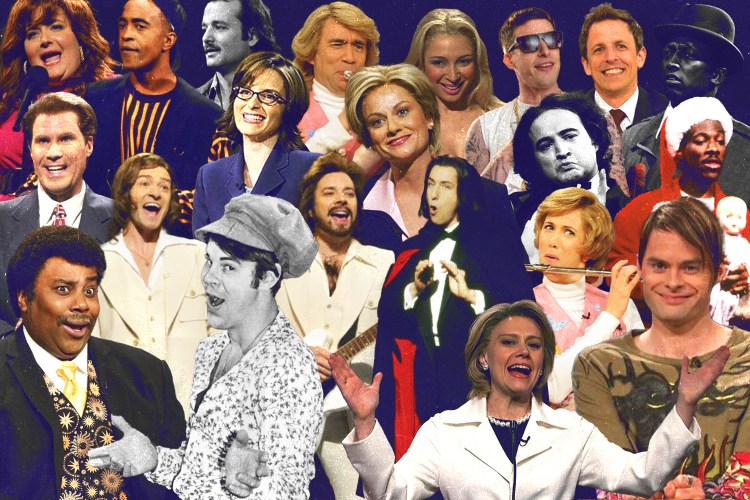It happened, folks. On Tuesday, Boom Supersonic’s XB-1 jet — colloquially known as “Son of Concorde,” a reference to the retired commercial aircraft which flew from New York to London in three hours — reached supersonic speeds, breaking the sound barrier for the first time.
The demonstrator aircraft hit a top speed of Mach 1.122, according to Boom, marking “the first time an independently developed jet has broken the sound barrier.” This comes after the 10th and 11th test flights of the XB-1 on December 19 and January 10, respectively, both reached Mach 0.95, on the cusp of supersonic speed.
“We are so back,” Boom founder and CEO Blake Scholl posted to X following the flight.
This milestone has been a long time coming. Whispers of a second age of supersonic jets have long echoed through the halls of the airline industry, and Boom has been teasing the idea of an independently developed, commercially viable supersonic airliner for years. Boom’s proposed passenger aircraft, dubbed the Overture, is in development with plans to transport up to 80 passengers across the Atlantic in just 3.5 hours — but it’s not expected to be ready for commercial flights until 2030.
Advancements of this caliber are always exciting, though it’s important to remember that the last supersonic era came to an end in part due to the cataclysmic Air France crash in Paris back in 2000 that resulted in 113 total casualties. Though even prior to that accident, the Concorde aircraft had its flaws. As our correspondent Josh Sims reported last August, both the cost of fueling that supersonic jet and the noise it made played major roles in its downfall.
“When an aircraft approaches the speed of sound — at 767 mph — pressure disturbances build up in waves around it and, rather than pass around the fuselage sequentially as they might at sub-sonic speeds, begin to bunch up together,” Sims explained “Collectively, these compressed waves produce the sonic boom, a noise loud enough to shake the crockery and scare the horses at ground level.”
Where’s the Second Supersonic Age We Were Promised?
The return of supersonic travel is being touted by aviation giants and startups alike, but it’s slow going when your goal is breaking the sound barrierAs a consequence, a number of nations, the U.S. included, banned the supersonic boom over land, which understandably hampered operations. Having to rely almost exclusively on transatlantic flights is hardly a sustainable business model for an airline, and it stands to reason that this could be an issue this time around, too. That, however, has not deterred major airlines from wanting in: As of the time of writing, Boom has 130 orders and pre-orders from American Airlines, United Airlines and Japan Airlines.
If you find yourself in the undeterred camp, know that Scholl has previously expressed hopes that Boom’s offerings will eventually include flights to “anywhere in the world in four hours for $100.” In the interim, you can expect “fares similar to first and business class,” according to its website.
But it might be better to look to history as a guide rather than Boom itself. It cost somewhere in the vicinity of $5,000 to take the original Concorde from New York City to London — and that was 20 years ago. In other words, if the noise doesn’t get to you, the price just might.
This article was featured in the InsideHook newsletter. Sign up now.



















